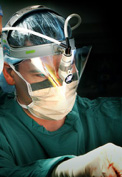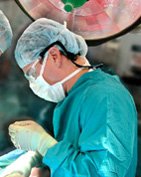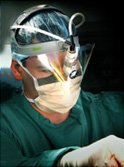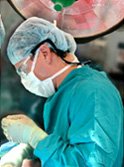Rotator Cuff Impingement Syndrome



Rotator Cuff Impingement
The top tendon of the rotator cuff (supraspinatus) travels in a tight space underneath a portion of the shoulder blade called the acromion. A bursal sac sits underneath the acromion to help “lubricate” the rotator cuff tendon.
With time or overuse, the rotator cuff can become inflamed resulting in a rotator cuff tendonitis. The bursal sac will become inflamed at the same time resulting in bursitis. This is often called rotator cuff syndrome or impingement syndrome

Non-operative Treatment
Fortunately, most cases of impingement syndrome can improve with a combination of activity modifications, physical therapy, anti-inflammatory medications, and cortisone injections. However, in cases where improvement is not seen, further investigation is often required. In some cases, surgery is considered.
Operative Treatment

The surgical treatment of impingement syndrome typically consists of an arthroscopic procedure to clean (debride) the inflammation and remove the source of impingement (subacromial spur).





